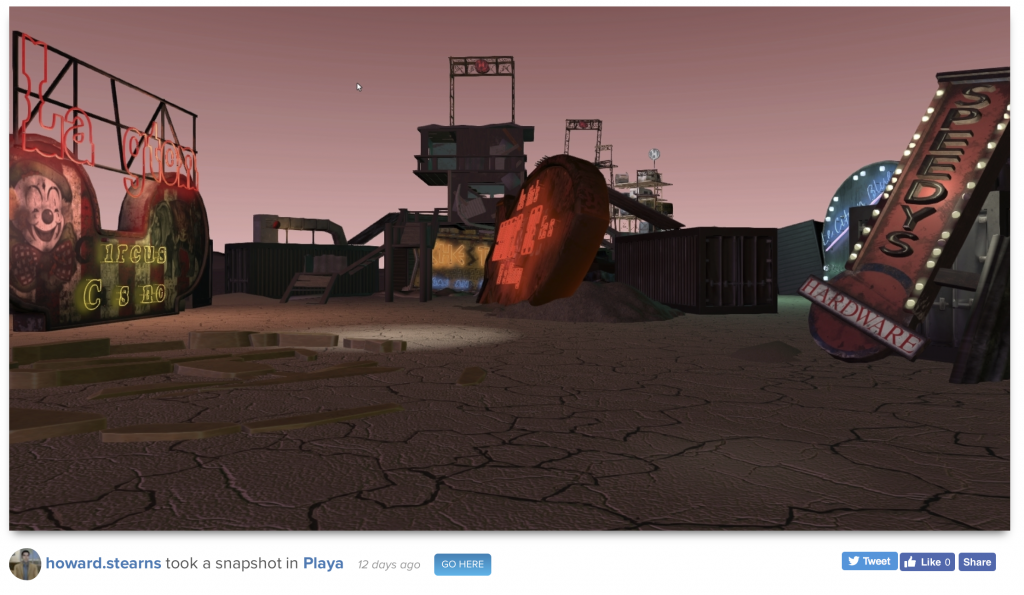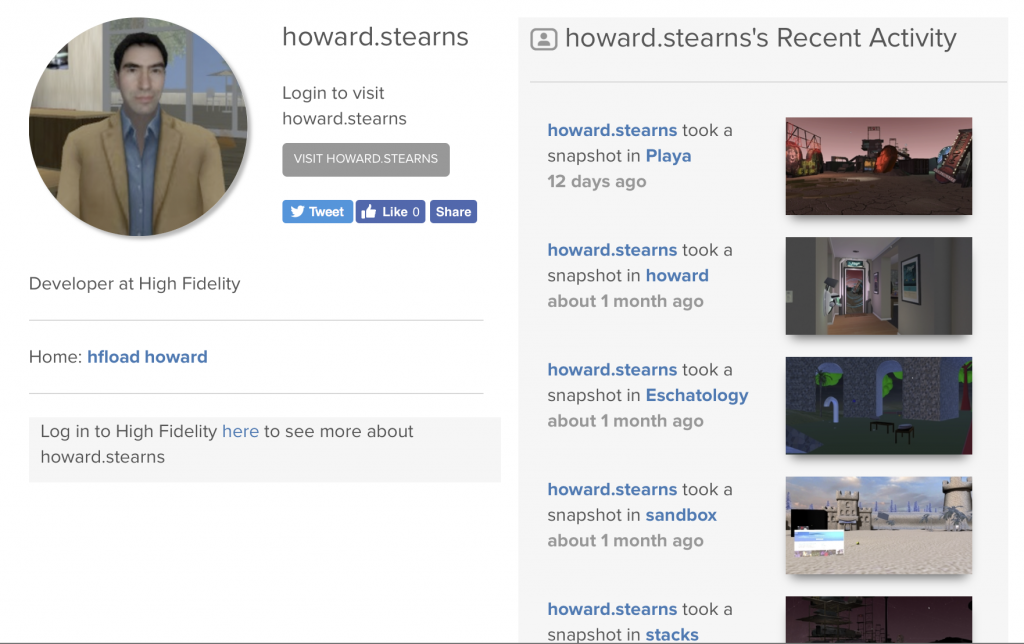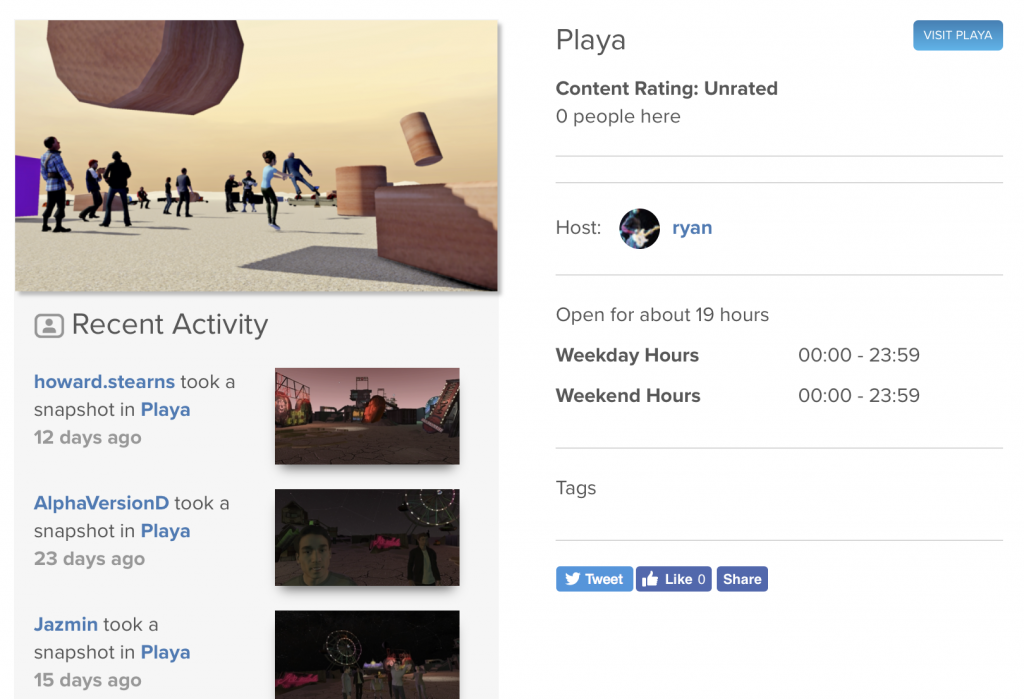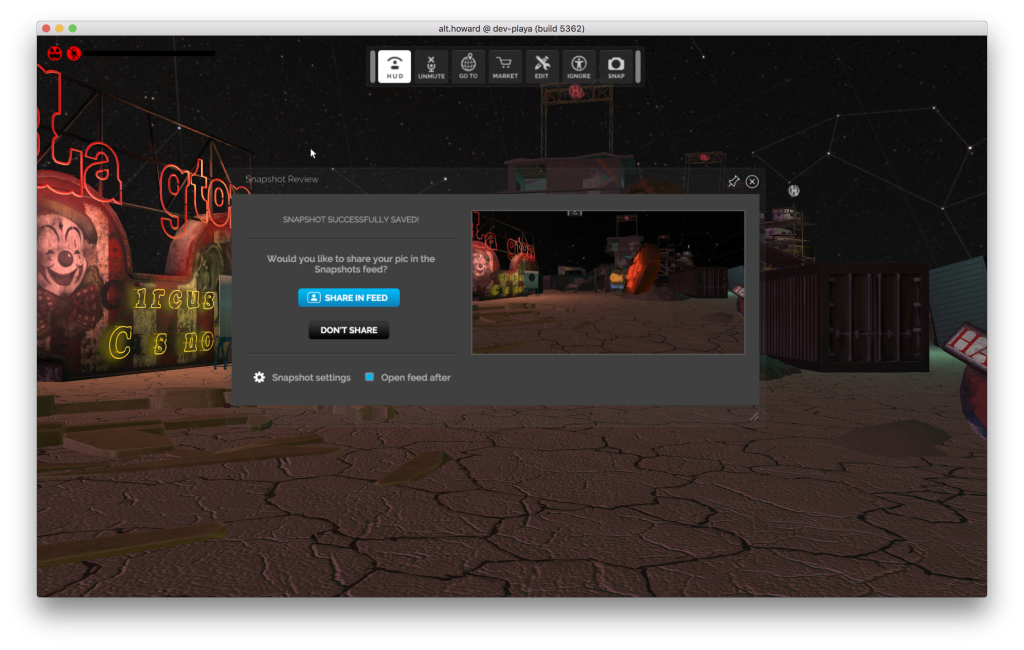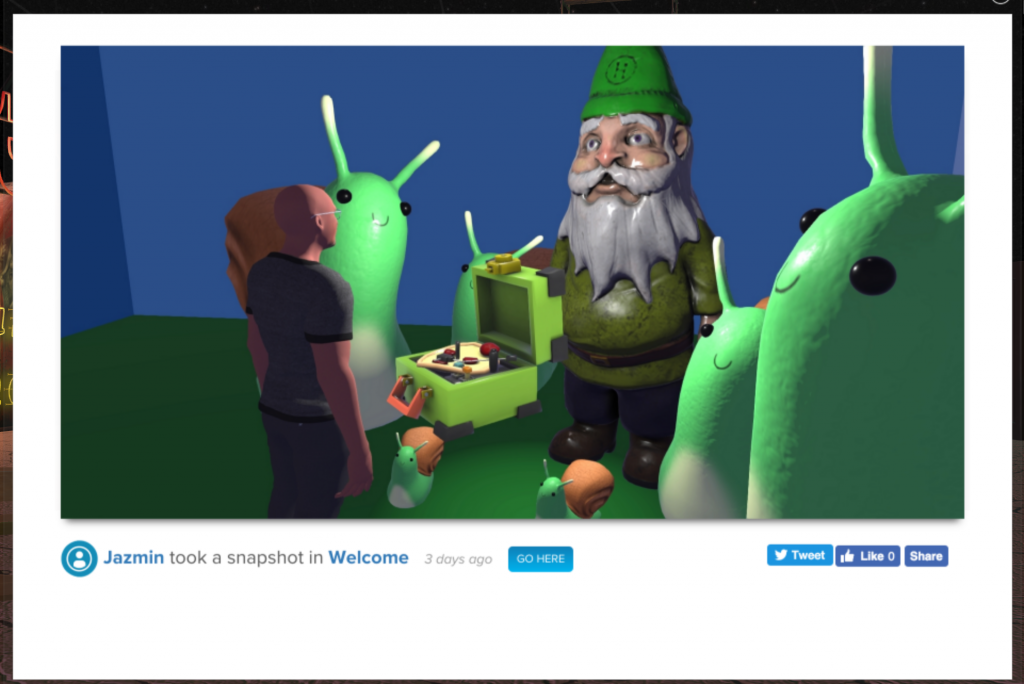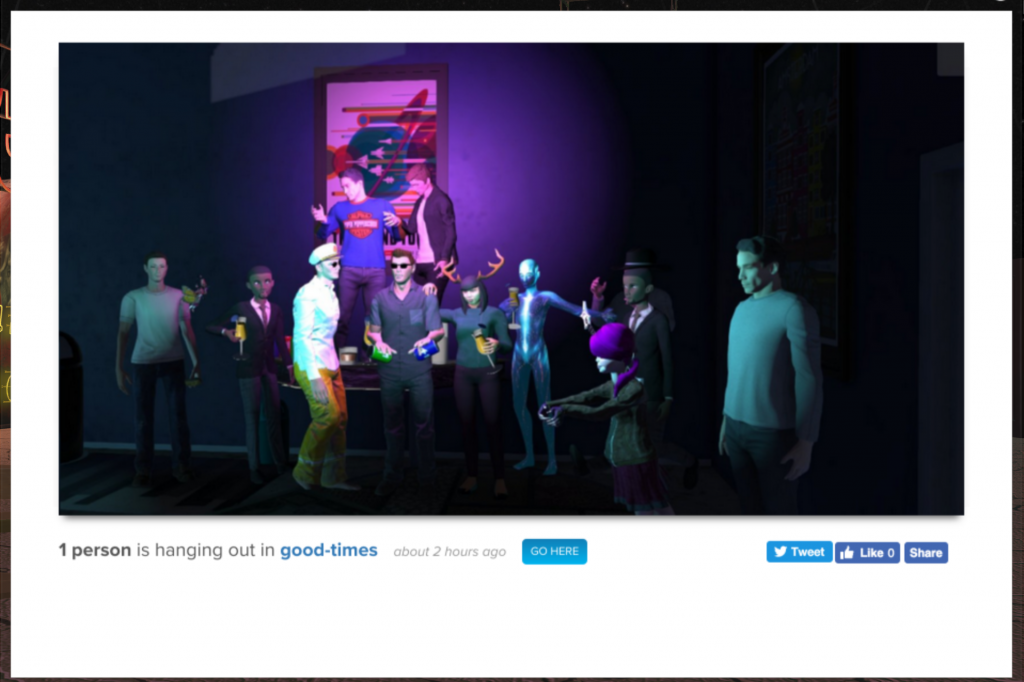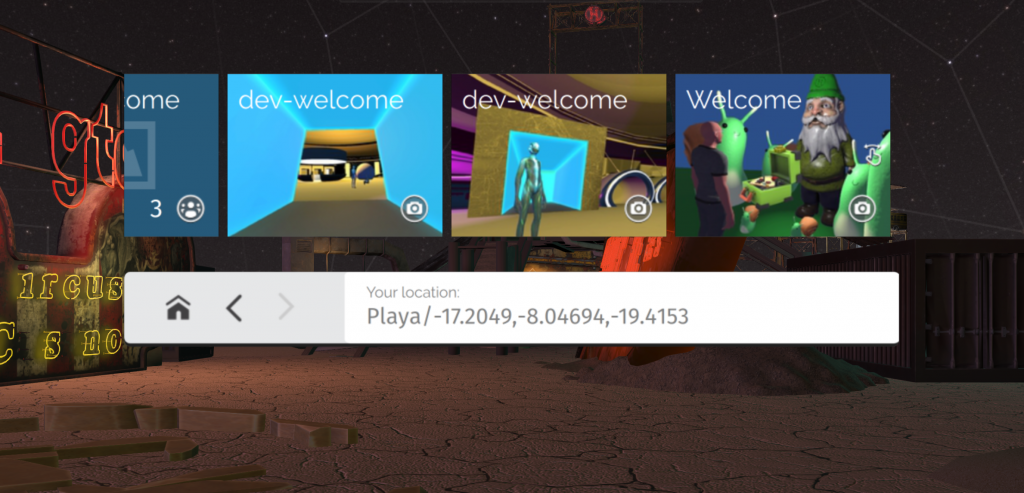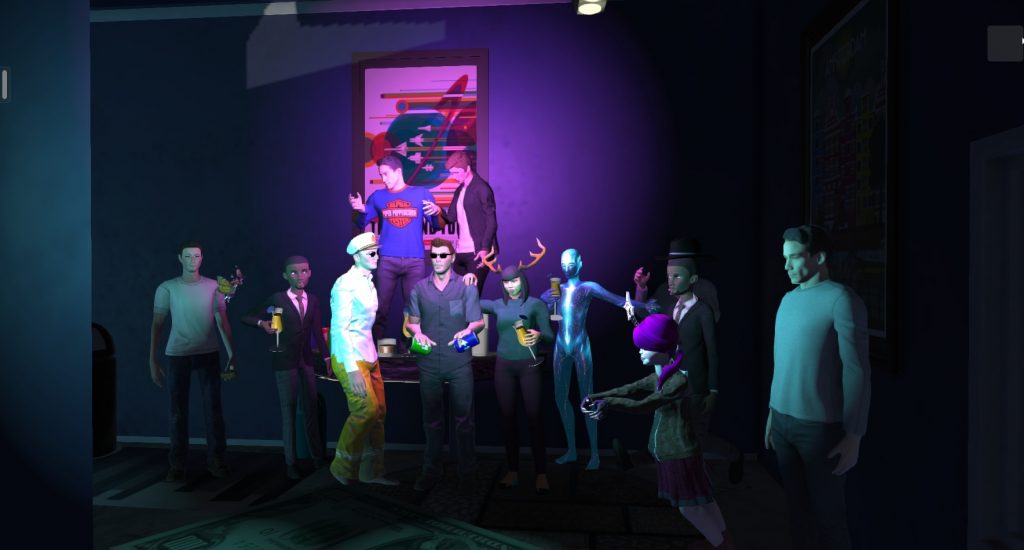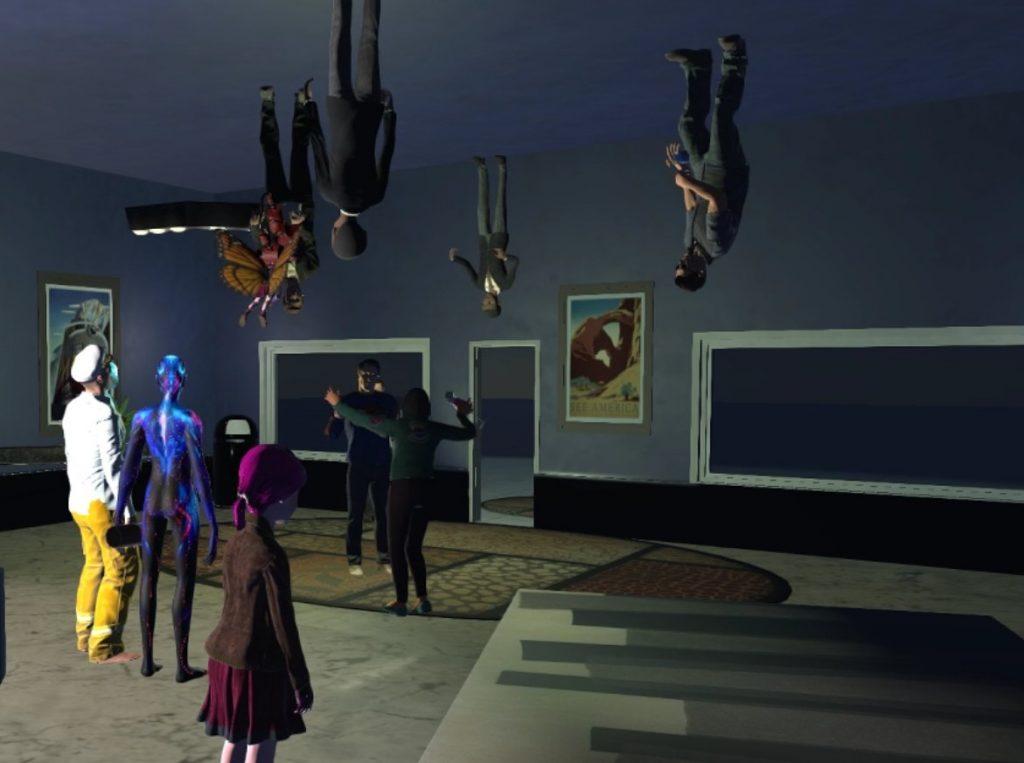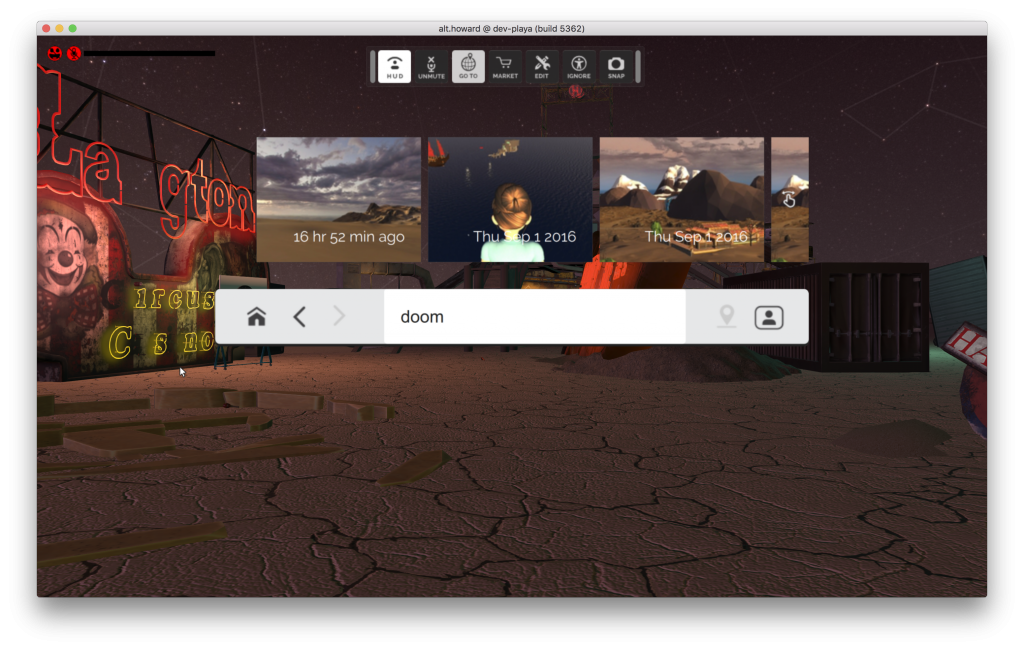The election of Donald Trump has prompted great speculation over the direction of telecom policy in the near future. Not surprisingly, everyone assumes that the primary Republican goal will be to completely roll back net neutrality and just about every other rule or policy adopted by the Wheeler FCC — perhaps even eliminating the FCC altogether or scaling back it’s authority to virtual non-existence. Why not? In addition to controlling the White House, Republicans have majorities in the Senate and the House. Jeff Eisenach, the head of Trump’s FCC transition team (now called “Landing Teams”), has been one of the harshest critics of the FCC under both Wheeler and Genachowski. So it is unsurprising to see a spate of articles and blog posts on the upcoming death of net neutrality, broadband privacy, and unlicensed spectrum.
As it happens, I have now been through two transitions where the party with the White House has controlled Congress. In neither case have things worked out as expected. Oh, I’m not going to pretend that everything will be hunky-dory in the land of telecom (at least not from my perspective). But having won things during the Bush years (expanding unlicensed spectrum, for example), and lost things in the Obama years (net neutrality 2010), I am not prepared to lay down and die, either.
Telecom policy — and particularly net neutrality, Title II and privacy — now exists in an unusual, quantum state that can best be defined with reference to Monty Python. On the one hand, I will assert that net neutrality is not dead yet. On the other hand, it may be that I am simply fooling myself that net neutrality is simply pining for the fjords when, in fact, it is deceased, passed on, has run up the curtain and joined the choir invisible.
I give my reasons for coming down on the “not dead yet” side — although we will need to work our butts off to keep from getting clopped on the head and thrown into the dead cart. I expect the usual folks will call me delusional. However, as I have said a great deal over the years: “If I am delusional, I find it a very functional delusion.”
More below . . . .




